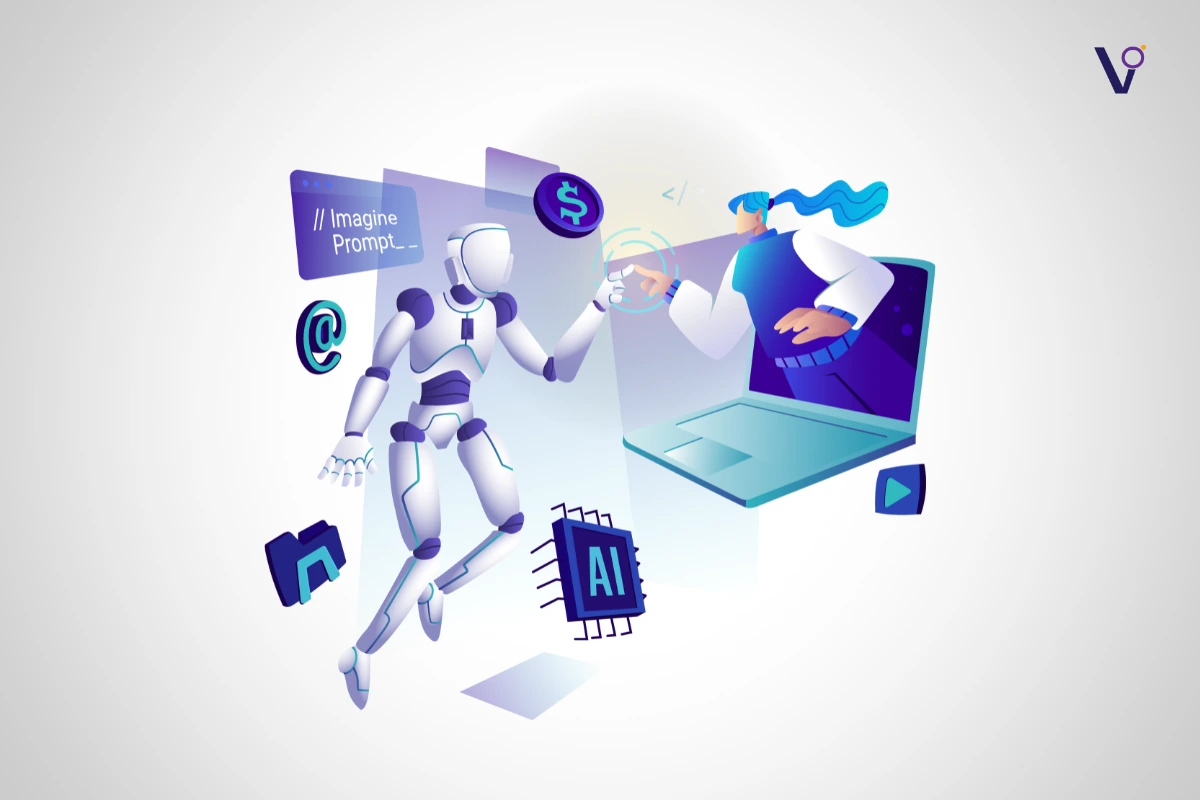In the ever-evolving world of technology, a new AI advancement has left the tech community in awe. The innovation, known as DeepSeek AI, has sparked conversations across industries, causing ripples in the stock market and raising questions about the future of AI development. On January 27, major companies like Nvidia faced significant market losses, with Nvidia alone losing over 177% of its value, according to reports. The release of DeepSeek R1 has set the stage for a revolution in AI capabilities.
What is DeepSeek R1?
To understand why DeepSeek R1 is being hailed as a breakthrough, we need to look back at its predecessor, DeepSeek V3, introduced in December 2024. This model was built with 671 billion parameters but used a unique mixture of experts model. Unlike traditional models that activate all parameters for every task, DeepSeek V3 only used 37 billion activated parameters per token. This design made the model highly efficient, requiring just 2.78 million GPU hours for full training—a fraction of the 60 million GPU hours required for training GPT-4.
Interestingly, the GPUs used for training DeepSeek V3 were Nvidia H800s, which were specifically designed for compliance with U.S. export restrictions to China. These GPUs are less powerful than the A100s used by U.S.-based AI companies, yet DeepSeek V3 achieved comparable performance with much lower costs.
DeepSeek AI Performance

DeepSeek V3 didn’t just focus on efficiency—it delivered exceptional results. Benchmarked against leading models like GPT-4 and Claude 3.5 Sonet, it performed remarkably well, particularly in math and coding tasks. For example, in the Codeforces Benchmark, DeepSeek V3 surpassed other models. Similarly, in the SweBench test, which measures AI’s ability to solve GitHub problems, it narrowly trailed behind Claude 3.5 Sonet.
Despite its groundbreaking efficiency and performance, DeepSeek V3’s release coincided with the unveiling of newer state-of-the-art models like OpenAI’s 01 and 03, which slightly overshadowed its achievements. However, the release of DeepSeek R1 in January 2025 reignited excitement.
The Revolutionary DeepSeek R1
DeepSeek R1 builds on the foundation of DeepSeek V3, introducing a novel fine-tuning process. This fine-tuning involved large-scale reinforcement learning without supervised pre-training, allowing the model to improve its reasoning capabilities autonomously. By asking itself questions and verifying answers against an existing dataset, the model refined its skills in math, coding, and other complex tasks.
A standout feature of DeepSeek R1 is its use of chain of thought prompting during inference. When prompted, the model articulates its reasoning process step-by-step, identifying potential errors and self-correcting before providing a final answer. This capability sets DeepSeek R1 apart as an AI model that doesn’t just predict but reasons, a feature previously unseen in open-source models.
DeepSeek AI vs ChatGPT

When compared to OpenAI’s 01, DeepSeek R1 showcased comparable, if not superior, performance. In coding tasks, it outperformed 01, while in general-purpose use and problem-solving on GitHub, it consistently led the pack. The model’s ability to rival a closed-source product like OpenAI’s 01, which costs a minimum of $20 per month and requires extensive GPU resources, is a testament to its efficiency and scalability.
These results highlight a significant shift in the AI landscape. With DeepSeek R1 proving that high performance doesn’t necessarily require expensive hardware or massive resources, the implications for both developers and tech companies are profound.
DeepSeek AI Impact on the Stock Market
The release of DeepSeek R1 has sent shockwaves through the stock market, particularly affecting companies like Nvidia. The model’s ability to achieve state-of-the-art results with significantly less compute power has led investors to question the future demand for GPUs. If AI models can now be trained at just 5% of the cost and time previously required, the market for high-end GPUs may shrink, directly impacting companies like Nvidia, Meta, and Google.
This market reaction underscores a broader realization: the AI industry may be entering a phase where innovation outpaces the need for hardware expansion. However, some experts argue that the market panic is premature, pointing out that major companies will likely continue relying on advanced GPUs for other applications.
DeepSeek AI: Sometimes A good product doesn’t need marketing
DeepSeek AI’s ability to tap into the market and disrupt industry giants like NVIDIA stems from its razor-sharp focus on market differentiation and unmet needs. Unlike its competitors, DeepSeek R1 broke through by offering a unique value proposition: state-of-the-art performance paired with unmatched accessibility and efficiency. This approach enabled them to reach a broader audience, from small-scale developers to large enterprises, creating a ripple effect of market adoption. Their strategic focus on addressing pain points, such as high computational costs and exclusivity in AI tools, resonated with a market craving alternatives.
Moreover, DeepSeek AI’s timing and go-to-market strategy were impeccable. By entering a space saturated with growing apps and established players, they employed a disruptive innovation model that turned traditional dynamics upside down. Their positioning as a sustainable, high-performing alternative caught the attention of developers and tech enthusiasts, creating viral traction. The organic buzz, fueled by the product’s efficiency and reliability, quickly ate into NVIDIA’s market share, challenging the established hierarchy. This strategic market penetration didn’t just appeal to the end user; it triggered a shift in how AI companies perceived accessibility, further escalating the competitive tension.
DeepSeek R1’s disruption also lies in its ability to generate cross-segment appeal, targeting multiple industries beyond NVIDIA’s core clientele. Its adaptability across various AI applications, coupled with a customer-centric design, ensured widespread usability. This adaptability caused a market shakeup, pressuring NVIDIA to reassess its offerings while leaving smaller apps struggling to compete with DeepSeek’s versatile performance. Through a combination of strategic differentiation, organic growth, and addressing untapped niches, DeepSeek R1 redefined what it takes to compete in an AI-driven world, solidifying its place as a formidable market disruptor.
Conclusion: A Paradigm Shift in AI
DeepSeek R1 is a game-changer in AI, blending top-notch performance with efficiency and accessibility. It’s shaking up the industry, making innovation more sustainable and inclusive. While the stock market’s buzzing now, the long-term impact promises to redefine AI’s future. It’s proof that creativity and collaboration shape tomorrow’s tech.
Yes, DeepSeek offers free access to its AI-powered chatbot, providing affordable alternatives to other AI services.
DeepSeek was founded by Liang Wenfeng, a former hedge fund manager focused on closing the gap between China and the U.S. in AI technology.
DeepSeek R1’s ability to perform at a high level while consuming significantly less computational power challenges the reliance on Nvidia’s GPUs for AI development.
DeepSeek disrupted the AI market by offering affordable, efficient, cutting-edge AI technology, challenging industry giants like Nvidia.



